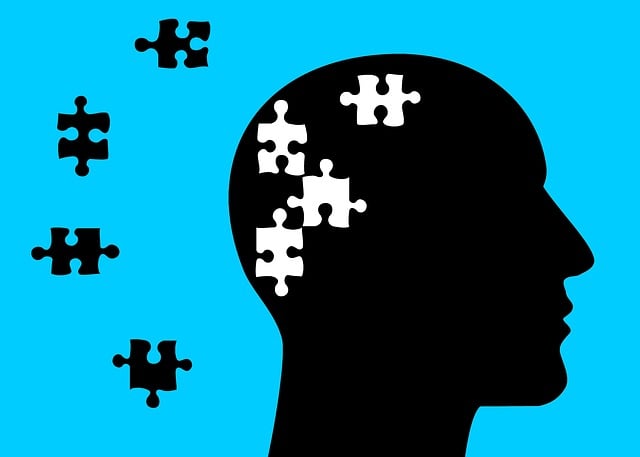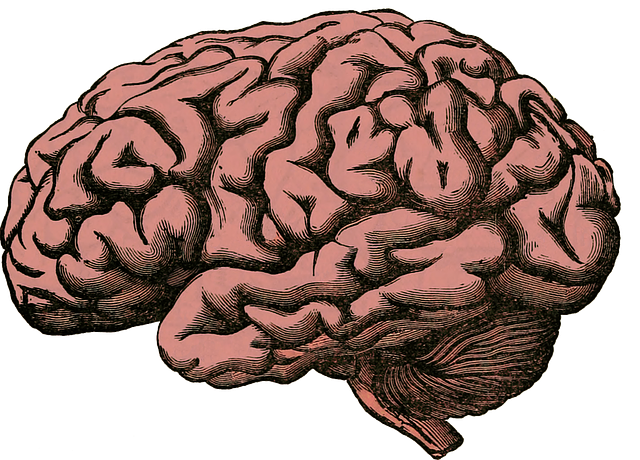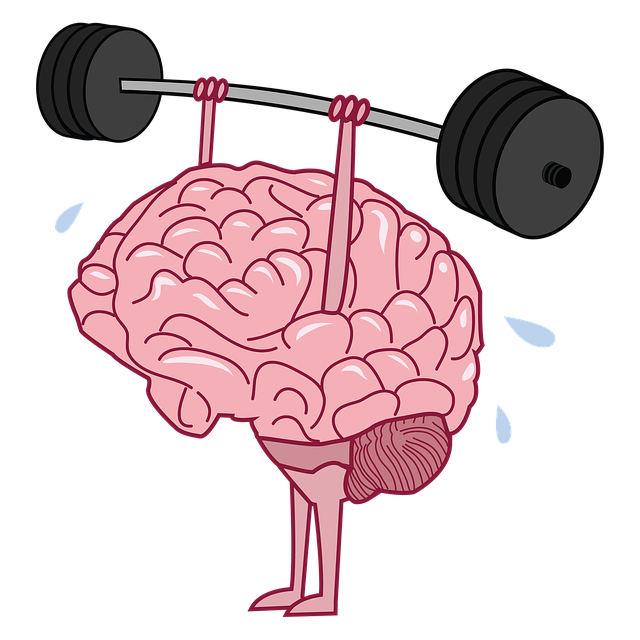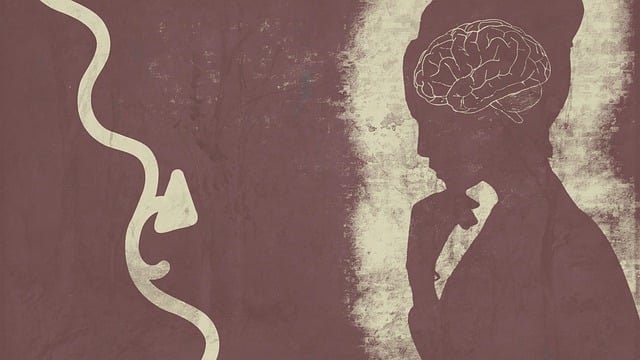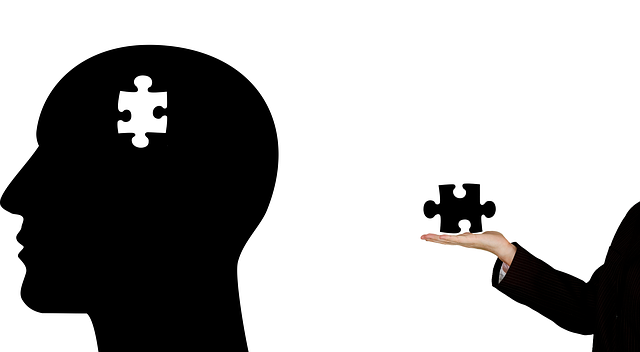Mindfulness meditation is a core component of Wheat Ridge Bipolar Disorder Therapy, teaching individuals to manage their condition through present-moment awareness and emotional regulation. Creating a dedicated tranquil space at home, inspired by Wheat Ridge practices, enhances mental wellness and serves as a retreat from daily stressors. Techniques include breath awareness, body scans, guided visualizations, and empathy-building strategies, offering practical tools for stress management and emotional stability. Integrating mindfulness into daily activities promotes resilience, coping mechanisms, and inner peace, complementing therapeutic journeys in Wheat Ridge Bipolar Disorder Therapy.
Discover the transformative power of mindfulness meditation with our comprehensive guide, designed especially for those managing bipolar disorder. Learn how this ancient practice can help stabilize moods and reduce symptoms in Wheat Ridge bipolar disorder therapy. We’ll walk you through setting up a peaceful practice space, provide practical techniques, and offer tips to integrate mindfulness into your daily routine, fostering a deeper sense of calm and balance.
- Understanding Mindfulness Meditation for Bipolar Management
- Setting Up Your Meditation Practice Space
- Techniques and Exercises for Effective Meditation
- Integrating Mindfulness into Daily Life Beyond the Cushion
Understanding Mindfulness Meditation for Bipolar Management

Mindfulness meditation is a powerful tool for managing bipolar disorder, offering individuals a way to cultivate present-moment awareness and emotional regulation. By focusing on the breath, bodily sensations, or specific thoughts, people with bipolar can learn to observe their emotions without judgment, fostering a sense of detachment from intense mood swings. This practice encourages acceptance and non-reactivity, crucial aspects in navigating the highs and lows associated with the condition.
In Wheat Ridge Bipolar Disorder Therapy, mindfulness meditation is often integrated into treatment plans, alongside emotional intelligence development and stress management techniques. Regular meditation practice can enhance resilience building, enabling individuals to better cope with triggers and maintain stability. It provides a space for self-reflection and self-compassion, allowing one to understand their emotional patterns and develop healthier responses, ultimately improving overall well-being.
Setting Up Your Meditation Practice Space

Creating a dedicated space for your meditation practice is an essential step in fostering mental wellness and burnout prevention, especially for those managing conditions like bipolar disorder. Your environment plays a crucial role in establishing a routine and promoting relaxation. Consider transforming a quiet corner of your home into a sanctuary. A cozy chair or cushion, a comfortable height for your meditating position, and soft lighting can significantly enhance your experience. Incorporate elements that resonate with you; perhaps a small potted plant to symbolize growth or a serene artwork piece that inspires calmness.
Imagine this space as a personal retreat where you can escape the chaos of daily life. In Wheat Ridge Bipolar Disorder Therapy sessions, professionals often emphasize the importance of such dedicated areas, which can serve as a consistent anchor for your mental health practices, including mindfulness meditation and journaling exercises for guidance on navigating difficult emotions.
Techniques and Exercises for Effective Meditation

Mindfulness meditation involves techniques that help individuals focus on the present moment, cultivating awareness without judgment. A simple exercise to begin is paying attention to one’s breath. Sit comfortably and close your eyes, observing the natural rhythm of inhalation and exhalation. When thoughts drift, gently guide your focus back to your breath. This practice calms the mind and body, reducing stress levels.
For more advanced techniques, trying body scans or guided visualizations can be beneficial. In a body scan, you systematically notice different parts of your body from head to toe, observing any sensations without reacting. Empathy building strategies, such as visualizing connecting with another person’s emotions, can enhance emotional intelligence and understanding. Additionally, mindfulness meditation can incorporate gentle movements like yoga or tai chi, fostering present-moment awareness during physical activity. These practices are especially valuable for those dealing with bipolar disorder in Wheat Ridge, offering burnout prevention strategies for healthcare providers and risk assessment tools for mental health professionals.
Integrating Mindfulness into Daily Life Beyond the Cushion

Mindfulness doesn’t have to be confined to meditation cushions; it’s a practice that can deeply enrich daily life. Beyond formal meditation sessions, mindfulness techniques offer powerful tools for navigating stress, improving focus, and cultivating emotional regulation. For individuals managing bipolar disorder in Wheat Ridge Bipolar Disorder Therapy, integrating mindfulness into routine activities like eating, walking, or even household chores becomes a means of grounding the mind, increasing awareness of present-moment experiences, and promoting overall mental wellness.
This practical application of mindfulness helps build resilience and boosts confidence in managing emotional fluctuations. By engaging mindful presence during daily tasks, individuals can develop risk management planning skills for mental health professionals to guide them through challenging situations, reducing triggers and improving coping mechanisms. Ultimately, weaving mindfulness into everyday life empowers individuals to cultivate a deeper sense of inner peace and stability, complementing their therapeutic journey.
Mindfulness meditation offers a powerful tool for managing bipolar disorder, as evidenced by its effectiveness in Wheat Ridge Bipolar Disorder Therapy. By understanding the basics, setting up a dedicated practice space, and integrating mindfulness into daily life, individuals can cultivate mental resilience and enhance overall well-being. The techniques and exercises outlined in this article serve as a starting point, encouraging readers to delve deeper into their meditation practice for lasting benefits.
